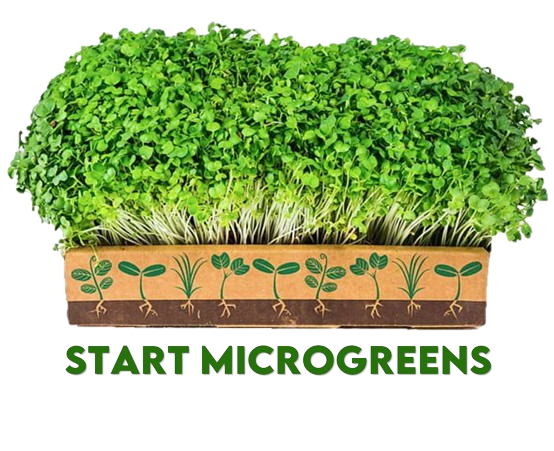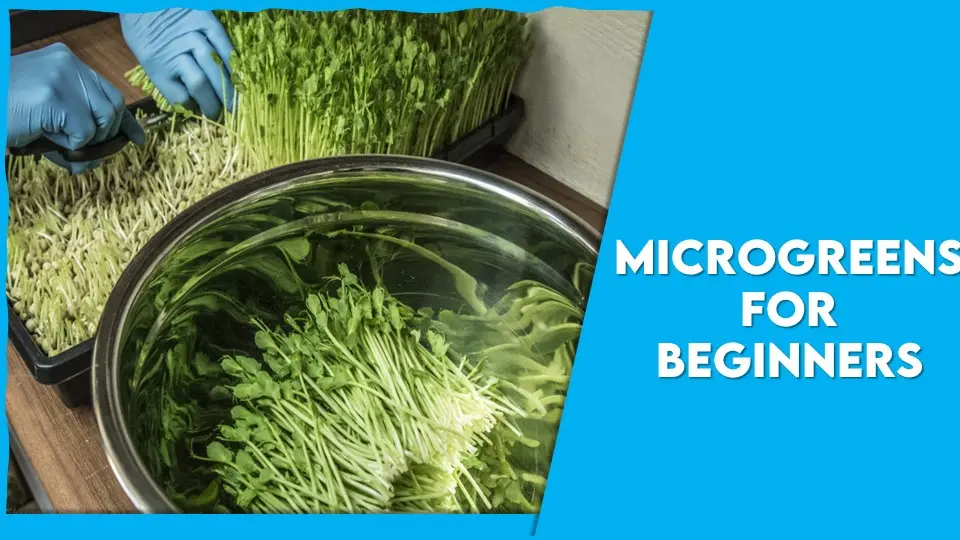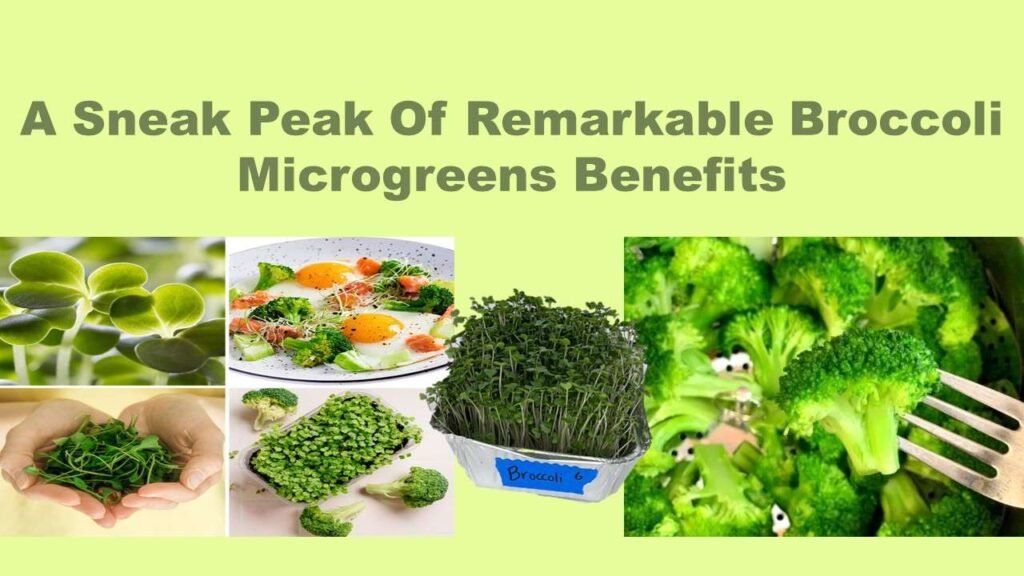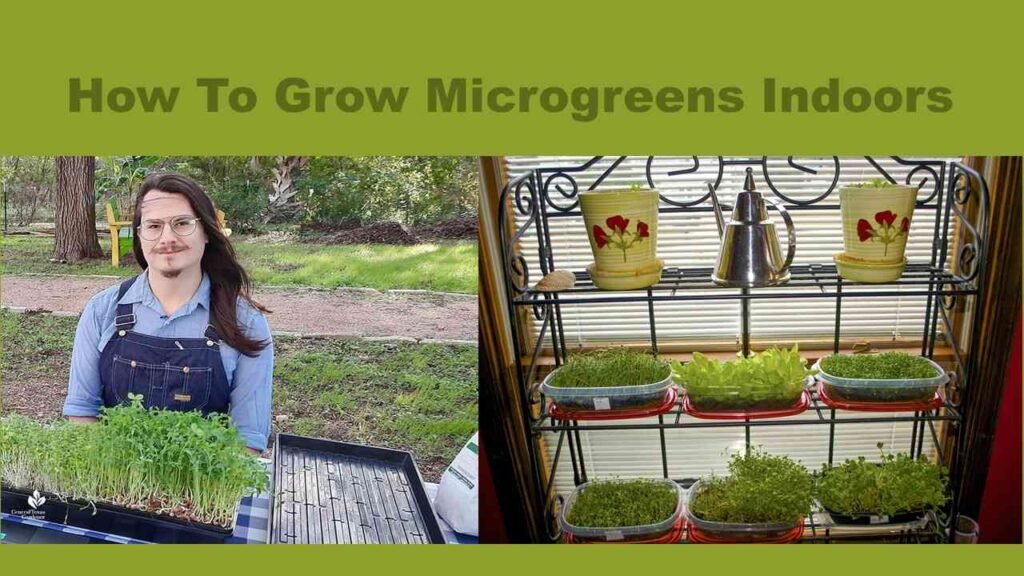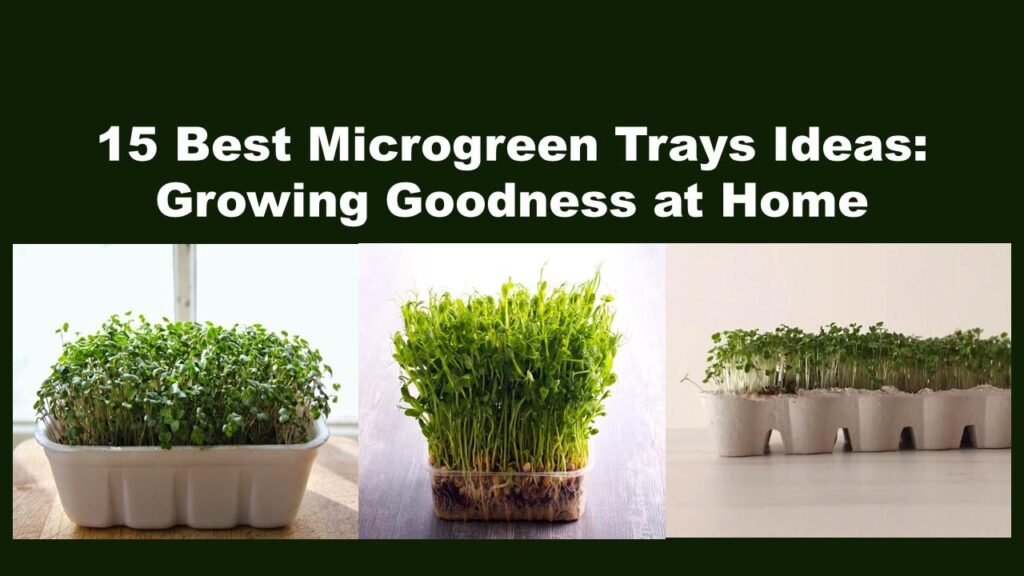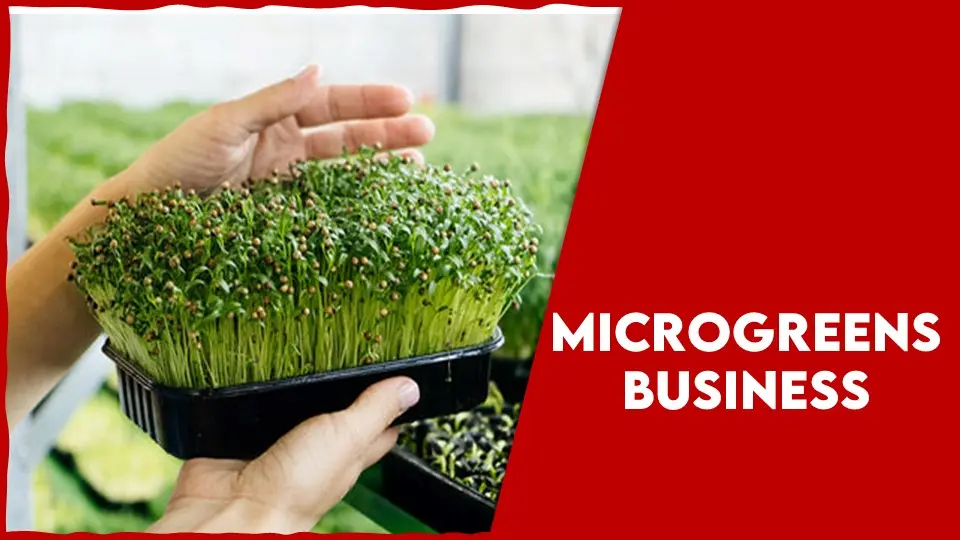5 Easy Microgreens For Beginners
In the quest for mighty humans, microgreens have been a champion of both the well-being health-conscious and the horticulture-loving folks. These micro-greens are flavorful, nutritious, and full of, giving a simple yet delightful gardening experience for indoor beginners who are both eager and ready to start the green project. Does it matter if you are a culinary enthusiast who intends to improve upon your meal or a health enthusiast striving to perfect your nutrition? What according to you are the five easy microgreens for beginners that are easy to cultivate? Microgreens are the solution. In this handy guide, we will cover five easy microgreens for beginners to start with.

Is It Easy To Cultivate Microgreens?
Yes, microgreen cultivation, in general, always seems an easy task even for beginners. Here are a few reasons why
Quick Growth
Microgreen disrupts a very short life cycle during that period – from seed planting to harvesting it generally and it can take from 1 week to 3 weeks. You must wait only for a short period to come to savor the green veggies that you have grown in your home.
Minimal Space Requirements
Microgreens are the right garden produce to grow in small pots or trays that are often used for plants when you have little or no space in your garden. To them, one can devote agricultural land of any size, whether inside a room with windows or on the countertop as well.
Low Maintenance
Microgreens are fuss-free plants that are born with an innate fast growth rate as they only need the basics, such as light and water, once they’re planted. They need to be watered frequently and ideally, they ought to be exposed to adequate sunlight, but in contrast to the rest of the plants, they are high-maintenance.
No Special Equipment Needed
Microgreens differ from some garden activities that demand special equipment and specific knowledge of experts communally, as they can be grown using simple tools like trays, soil, seeds, and water.
Versatility
Microgreens can be cultivated from different seeds, ranging from vegetables, herbs, and even from some shine. This variety gives you a scope to try out different mixes and matches of flavors and textures while you can find one that’s more to your liking.
5 Best Microgreens For Beginners to Begin Cultivation
What according to you are the best microgreens for beginners?
Pea Shoots (Pisum sativum)
Pea shoots are one of the easiest things to start with if you haven’t done much gardening before. They take brownish seeds and process them into little pea plants appearance in usually more than one week and regulated maintenance is necessary as the plant grows. What about pea sprouts under the guarantee of vitamins A, C, and K, as well as folate and fiber?
Radish (Raphanus sativus)
Radish microgreens are characterized by their bright colors and zesty taste, which makes the meal more special by the zesty spicy kick. They are quick-cultivating ones, so can be picked in a week, at the most. It is one of the five easy microgreens for beginners which can be grown easily.
Sunflower (Helianthus annuus)
Moreover, sunflower microgreens are not only easy to grow, but they also possess great nutritional value with vitamins and minerals like vitamin E, zinc, magnesium, and selenium being some of the components of it. These spring green, rather than heavy leaf veggies, are mixed with a delicate sweet flavor, which is generally perfect for salads, wraps, or even smoothies. Sunflower microgreens not only need not much care but also can be collected when they reach about 1/6-1/4 of inches above ground level.
Broccoli (Brassica oleracea)
Broccoli sprouts microgreens boast rich sulforaphane, a compound recognized for its anti-inflammatory and anticancer assets. The broccoli microgreens are the culmination of a relatively quick and easy process. They can be grown and harvested for consumption within 7-14 days.
Kale (Brassica oleracea var. acephala)
Is kale one of the easy microgreens for beginners? Kale microgreens are vitamin-rich, all of their micronutrients (Vitamin A, C, and K, iron, and calcium) are very much present. They also have a slightly bitter taste and a hearty texture that create a healthy mix and, thereby, can be good to be put in salads, wraps, or smoothies. Kale shoots are foolproof to grow at home and you can cut them off at 2-3 inches in length when they are ready.
Problems Faced During The Growth Process
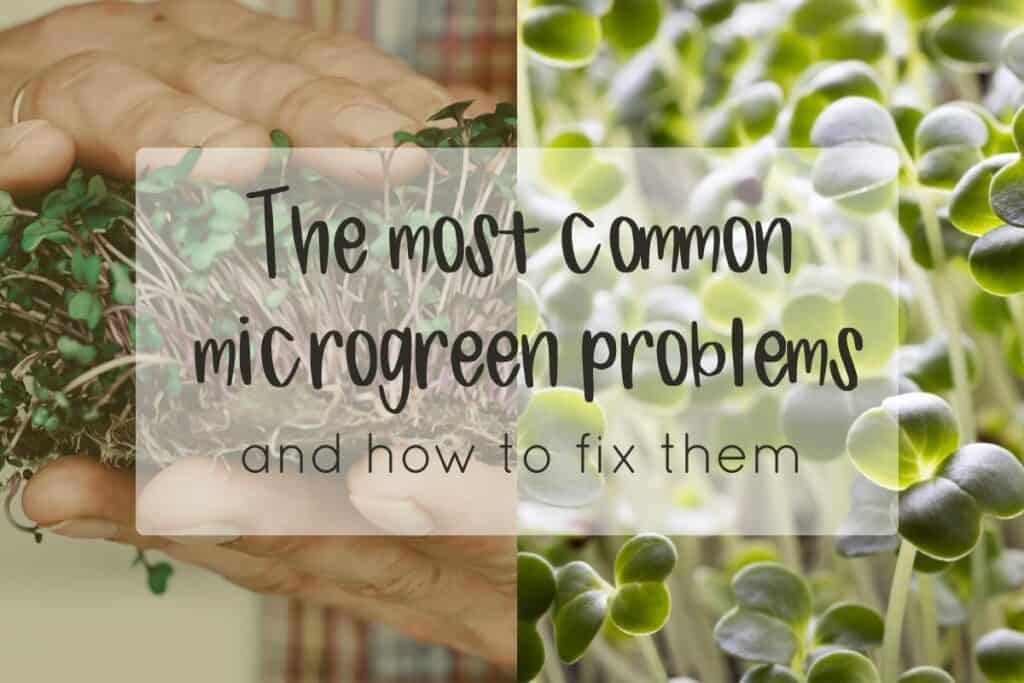
Overwatering or Underwatering
The water content of the microgreens is very important, therefore finding the balance of the moisture is crucial. Overexploiting the water may damage the plant with diseases such as fungi, while not enough water uptake in soil may cause plants to wilt and die. It’s very important to control the humidity in the growth medium and of course, to readjust watering compulsorily.
Poor Germination
There are times when the seeds do not sprout because, among other factors, seeds are either old or of low quality, have unsuitable moisture levels or do not have enough light. Maintaining high-yielding seed packets, sufficient moisture and correct temperature and light conditions improves germination and fruit productivity.
Mold and Fungal Diseases
Mold and fungi problems are the major issues that Fungi and mold might grow on microgreens if they are cultured in humid conditions or overwatered. Always keep it clean and your plants will be in perfect health.
Leggy Growth
The microgreen pattern can be easily mistaken for either short and squat or tall and stretched out if they were grown under poor light conditions or too tightly stacked. Leggy growth can be prevented by providing plants with adequate light and by making the area between the seeds or plants wider than usual to airflow.
Pests
However, these microgreens may possess the same kind of vulnerability to bugs like aphids, spider mites, and fungus gnats as outdoor-cultivated crops. On-spot check-ups of crops and creating a clean growing space stand as the main way to fight with pests. On many occasions artificial/organic predators or natural/organic pest control methodologies are indispensable.
Nutrient Deficiencies
If the soil-based microgreens experience deficiencies in nutrients, this is because the soil lacks certain essential nutrients. A good potting mix with balanced elements or adding organic fertilizers can do the job of meeting the nutrient requirements and encouraging growth.
Environmental Factors
Varying temperatures, humidity, and light permit or no microgreen growth and development. Such factors as temperature and light have such a great influence on plant growth processes, and perturbations in them may cause the plants to be under stress exposure.
How To Prevent The Common Problems?
Preventing typical microgreen farming problems comes with observation and correcting factors like watering, lighting, ventilation, and sanitation. Here are some specific steps you can take to prevent common issues.
Overwatering or Underwatering
Frequently water your microgreens, making sure ideal water levels in the medium (growing medium) is reached (where not too much and not too little moisture is present). Apply shallow pots with proper drainage and put away the sink whenever water is left. Monitoring the level of soil moisture and watering the plants as often as necessary is what you should do.
Mold and Fungal Diseases
Encourage air circulation to be not too tight between racks and to put up fans if needed will help. Maintain neatness of the growing area as well as to reduce the spread of bacteria and other pathogens. Litter sterile growing materials and trays, do not introduce impure stuff into the environment.
Poor Germination
Commence with the high-end seeds that are obtained from reputable firms. Implement the correct seeding depth based on the variety of microgreens you decide to cultivate. Stay at an evenly decent warm and humid level to favor seedlings.
Pests
Take periodic trips to give your micro leaves an inspection with keen eyes on pests like chewed holes on the leaves or visible creepy crawlies. Bring in insects as natural predators and release ladybugs or lacewings to fight biological pests. Opt for soap insecticides or neem oil if safe organic pest-control methods are the only means available.
Nutrient Deficiencies
For the base of your microgreens, use a high-nutrient growing media or a soilless mix specifically designed for microgreens. Track plant progress and pinpoint any evidence of nutrient shortage immediately thus preventing many problems.
Leggy Growth
Light is a crucial factor in plant photosynthesis, so by placing trays near a sunny window or using grow lights, indoor gardeners can maximize their crops’ sunlight exposure. Rotating trays frequently will ensure even light distribution and foster even growth.
Temperature Fluctuations
Keep a steady temperature range in the range that is favorable for the development of microgreens. Install insulation as well as heating mats to provide temperature control in cold areas, while shade structures and ventilation can be used to address issues associated with the heat.
Seed Contamination
Purchase seeds from reliable native seeds from the market that have a reputation for growing quality and purity seeds. Considering seeds you grow with catalogs that give detailed information and specify the seeds to microgreen production, as seeds for that instance tested for purity and suitability. Keep seeds in a cool, dry, and contaminated-free place to help in the success rate
Conclusion
This is all about microgreens for beginners.Microgreens cultivation is a very convenient and demanding activity that can interest any food-growing rookie seeking to invigorate their menu with fresh, nutritional greeneries. The very first step for start-up gardeners could be to plant things such as sunflower, broccoli, radish, and pea shoots which have a faster growing cycle and bring more joy when you harvest versus waiting for others to flower. Make sure to account for ideal growing conditions, such as good light, watering, and aeration between the medium and the roots, and you are just in time for success.
Besides these, simple precautions against common problems of overwatering, pests, and nutrient deficiencies would make the microgreens forage more plentiful and appetizing with bright and aromatic flavor. Through patience, carefulness, and a disposition to learn, novices can embark directly on the exciting trip of having potable foods by putting them in the place of their dwelling.
